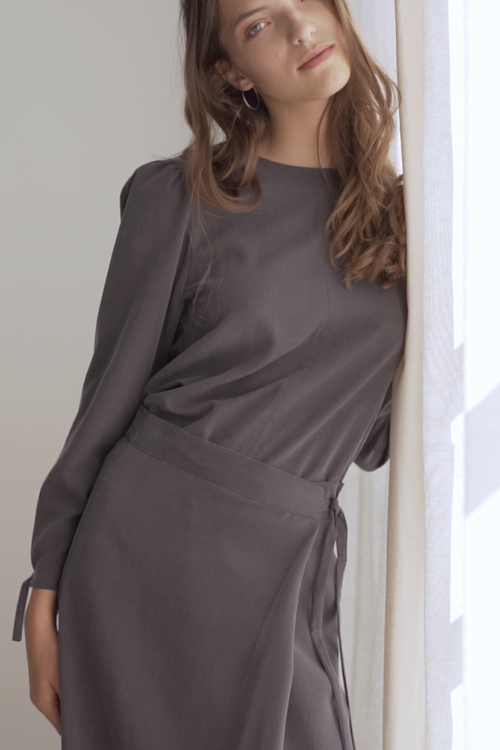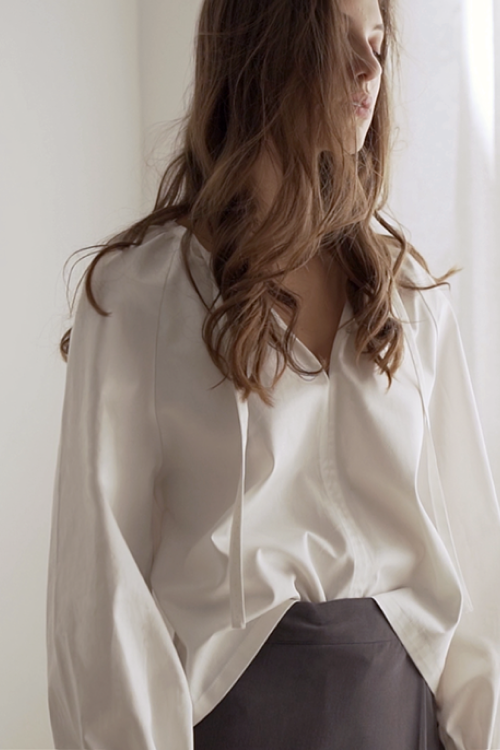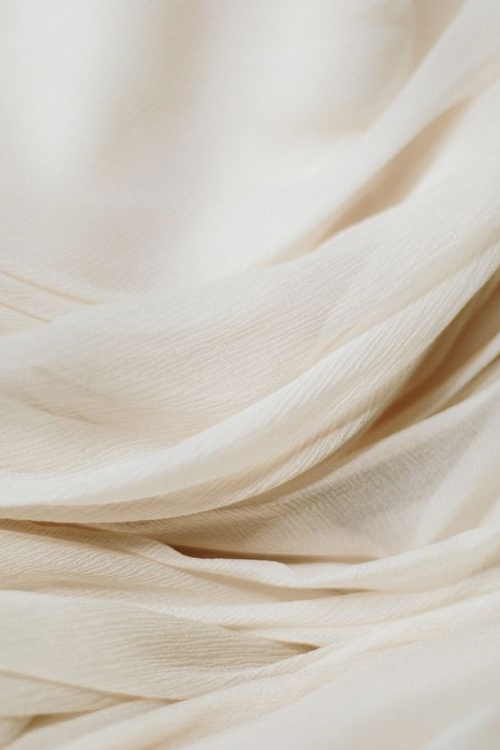Guide to create your own Sustainable Wardrobe
Maria Abajo
According to a recent study, 64.1% of Europeans will buy sustainable fashion after the pandemic. Sustainability is in fashion. This last year we have heard much more about sustainability in the media and that has aroused the interest of people to know more. But making more responsible decisions is not always easy as there is a lot of information to consider and it can be overwhelming.
For most people, it is especially difficult to pay attention to sustainability when buying clothes. Fast fashion brands are generally more accessible to the consumer and have prices that are difficult to compete with. When buying, there are multiple factors to take into account to know if a piece of clothing is really sustainable, this makes it more complicated, since it is difficult to know which of them to prioritize, but once you know what to look for, it becomes a much easier task.

If you have just discovered the world of sustainable fashion and want to start buying more consciously, I advise you to focus on the following two arguments:
That the brand is based on ethical values that go with you and that it uses low-impact and non-polluting materials.
There are many other factors and each person must decide which are the most important according to their criteria, since in many cases a product will not meet all the requirements. You have to think about what you want and what you are willing to sacrifice and this will make it easier for you to decide.
These are some of the things to keep in mind:
- The composition
When you want to buy a new piece of clothing, first look at its composition. What fabrics is it made of? Are they natural, ecological fabrics? Are they synthetic materials? Do you have an ecological certificate?
Synthetic materials such as polyester are not recommended, as they consume a lot of energy, are derived from oil and expel microplastics that pollute the environment. Ecological natural fabrics are always the best option.
- The origin
It is also important to know both the place of manufacture of the garment and the origin of the fibers and fabrics used. The more local the better, since the impact will be less. Whenever you can buy “made in Spain”
- Brand values
What are the brand values? Are you staying true to your values? Is it an ethical brand in its practices and with its workers?
It is important to know the history and the people behind each brand. Trusting that they will not betray their values to increase their profits, will give you greater security when buying and you will feel better about your purchase.
- Beware of Greenwashing
Sustainable is in fashion, as it is increasingly in demand by the consumer, which is why many brands use it as a marketing strategy. Do not get carried away by slogans and labels. Find out if what they sell you is true.
- Less and better
Buy less and better. Quantity is an essential factor in the world of sustainability. Sometimes we get carried away by trends and buy things that we really won’t wear. Try to buy only what you are going to use. Create a timeless wardrobe that will last you for years. To do this you should ask yourself these questions before buying:

Can I combine it with the rest of the clothes I have?
Can I see myself using it in a few years?
Is it really my style, do I feel good wearing it?
- Rent or buy second hand
You don’t always have to buy new parts. Now there are several platforms for buying and selling second-hand items or vintage stores that are an excellent and cheaper alternative to acquire those clothes you need. The same with clothes that you no longer wear. If you have bought good pieces that withstand the passing of the seasons, you can still sell them and get a good price for other people to use them if you no longer wear them.
Another good alternative is renting when you want pieces that you know you are only going to wear on one occasion or “fashion sharing” when you really like to vary your looks.
In the end, we all want to look good and feel good, but that is not at odds with sustainability. You just have to make a change in our way of seeing fashion and consuming. Ask ourselves the right questions and question ourselves more when making decisions.
You also have to be realistic and lead a completely eco-friendly life is impossible, and much more at once, so you do not have to obsess but you do introduce changes little by little. When you start to be more aware of things and make decisions from that awareness, changes come naturally and effortlessly. Over time you will realize that living in coherence with yourself is priceless, since it makes you live a much fuller and happier life.

